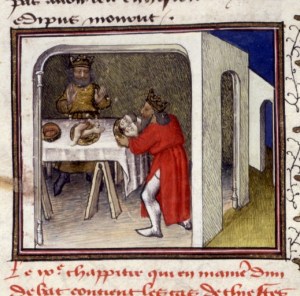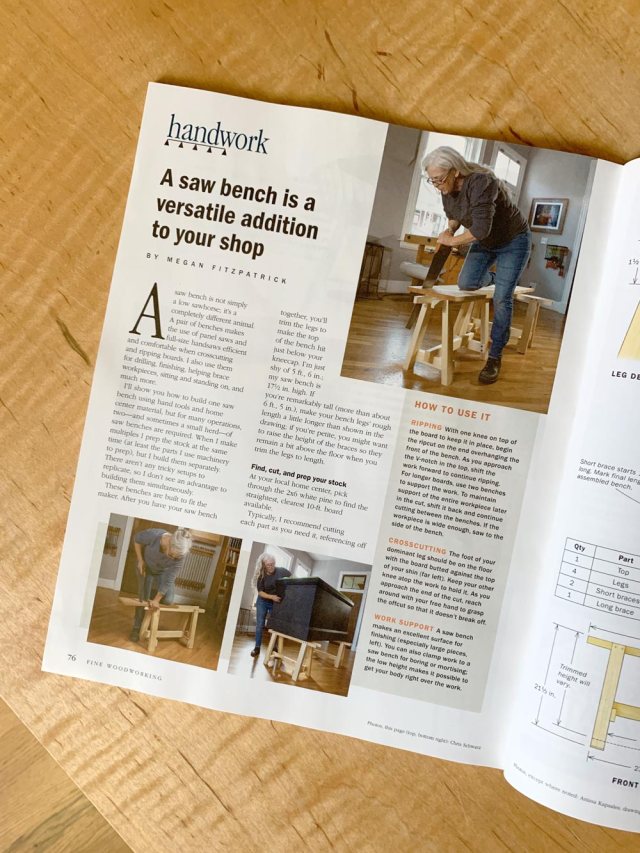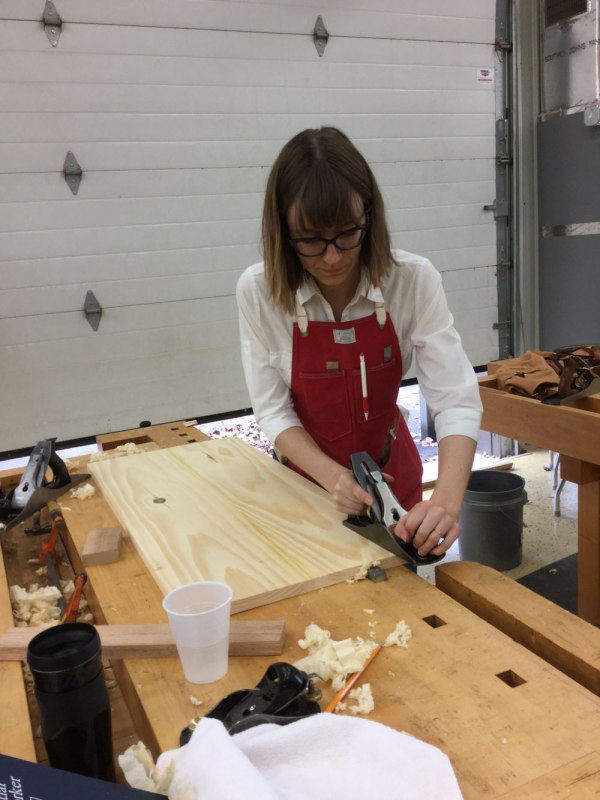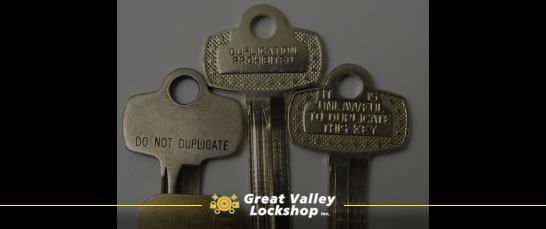Adjusting Traditional Butt Hinges –

Last winter I wrote an article for Popular Woodworking about adjusting traditional butt hinges—the kind you use with inset doors, mortising one leaf into the door and the other into the side (or face frame) of a sideboard, kitchen cabinet or armoire. I pitched the article to editor Andrew Zoellner because many people are bedeviled by butt hinges’ apparent lack of adjustability; there I was, in the midst of fitting 20 doors in a kitchen, nudging them up, down, in, out, and side-to-side to get slender, even margins. It seemed the perfect time to write something about this largely neglected subject in the interest of helping others.
I submitted the manuscript and photos before my husband and I left for two weeks in England. Everything was on track for publication. Then, over morning coffee with a friend in London, we learned that F+W, the magazine’s publisher, had filed for bankruptcy. (Thanks for shouldering the burden of acting as messenger, St.John.)
The bankruptcy news was a blow on multiple fronts. I thought the article would never see the light of day. So I’m especially happy to report that it’s scheduled for the November issue of Popular Woodworking, now published by Active Interest Media; it should go on sale October 8.
This article is especially close to my heart because aside from a few tricks I’ve figured out for myself, what I know about this topic (and many unrelated techniques) came from working with people in the trades. You’re not likely to recognize their names from magazines, YouTube, or Instagram. They’re guys (all men, in this case) who do the work they’re hired to do and take pride in doing it to a high standard but don’t necessarily talk or write about what they do. Thanks:
Kent Perelman (R.I.P.)
Jay Denny
Kenneth Kinney (R.I.P.)
Ben Sturbaum
John Cantwell
Dick Stumpner
and Daniel O’Grady
—all listed in the order in which we met. Thanks also to Mr. Williams, one of my teachers in the City & Guilds furniture making program at the Isle of Ely College in 1979 and 1980.–Nancy Hiller, author of Making Things Work




